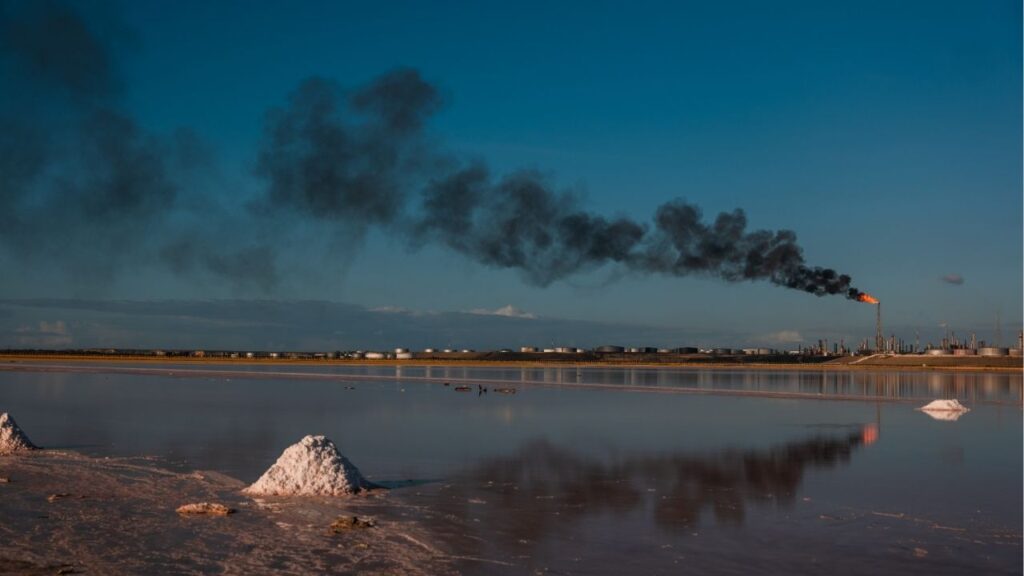Share
The old adage about tiny acorns growing into mighty oak trees is not confined to dendrology.
It applies as well to governmental programs and there’s no better example than Medi-Cal, California’s program of health care for the poor.

Dan Walters
Opinion
At the time, Medi-Cal was seen as providing modest stipends for county hospitals and other providers of charity treatment, but immediately began a never-ending expansion of benefits and recipients.
The Affordable Care Act, otherwise known as Obamacare, paid for a huge surge of eligibility and today, Medi-Cal provides coverage to 13 million Californians, more than a third of the state’s population, at a cost of well over $100 billion per year, or about $8,000 for each recipient.
Beginning with Pat Brown, every California governor has struggled to manage the ever-growing program, particularly how services would be delivered. At one point or another, each governor attempted to streamline Medi-Cal’s ponderous procedural apparatus — that’s partly state and partly county — while dealing with demands for more financial support from medical care providers and managerial intermediaries, such as managed care organizations.
There’s More at Stake in What Newsom Proposes
Now it’s Gavin Newsom’s turn. And with characteristic can-do bravado, he’s proposing a major overhaul dubbed “California Advancing and Innovating Medi-Cal” or CalAIM. It embraces “whole person care,” including non-medical services such as housing, and would “move Medi-Cal to a more consistent and seamless system by reducing complexity and increasing flexibility” with “delivery system transformation.”
A major focus of the proposal is more intensive management of care for the relatively few recipients with “complex needs” who account for huge portions of Medi-Cal expenditures.
Implicitly, there’s more at stake in what Newsom proposes than just another in a long string of gubernatorial attempts at managerial improvement.
Not only would it take Medi-Cal in an entirely new direction, such as housing, but with Newsom’s other proposal to extend coverage to more undocumented immigrants, it would lay the structural groundwork for his declared goal of “guaranteed health care for all Californians” via a state-managed single-payer system.
The Fate of Obamacare Is Now in the Hands of the U.S. Supreme Court
The first analytical take on Newsom’s Medi-Cal overhaul was issued late last month by Gabriel Petek, the Legislature’s budget analyst, and it was lukewarm, declaring that “the conceptual approach is promising, and the reforms could bring benefits. At the same time, the proposal raises many questions and presents risks to the state.”
Petek’s analysts are particularly concerned about Newsom’s very tight schedule for implementation with many details as yet unknown. They also mention the creation of new entitlements, such as housing subsidies, that might be difficult to maintain.
It should also be noted that Newsom’s ability to recast Medi-Cal as a “whole person” system must pass muster with the federal government, which supplies most of its money. The outcome of this year’s presidential election will have something to do with that.
Finally, the fate of Obamacare is now in the hands of the U.S. Supreme Court and should it be invalidated, everything reverts to zero.
CalMatters is a public interest journalism venture committed to explaining how California’s state Capitol works and why it matters. For more stories by Dan Walters, go to calmatters.org/commentary.
[activecampaign form=31]
RELATED TOPICS:
Categories

New York Times Case Against Pentagon Will Move Quickly

Venezuela Braces for Economic Collapse From US Blockade

Wall Street Opens Muted After Financials-Driven Rally















